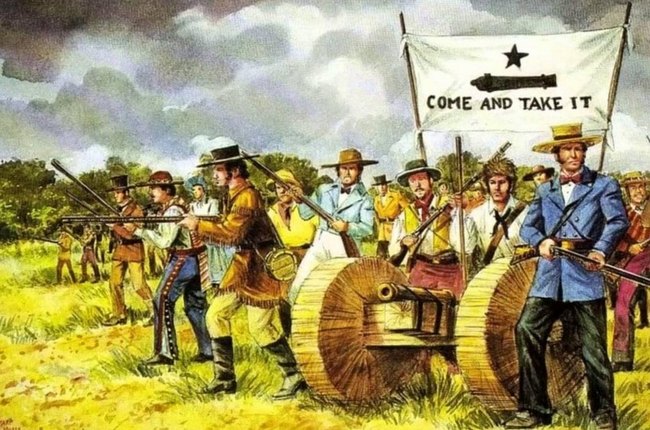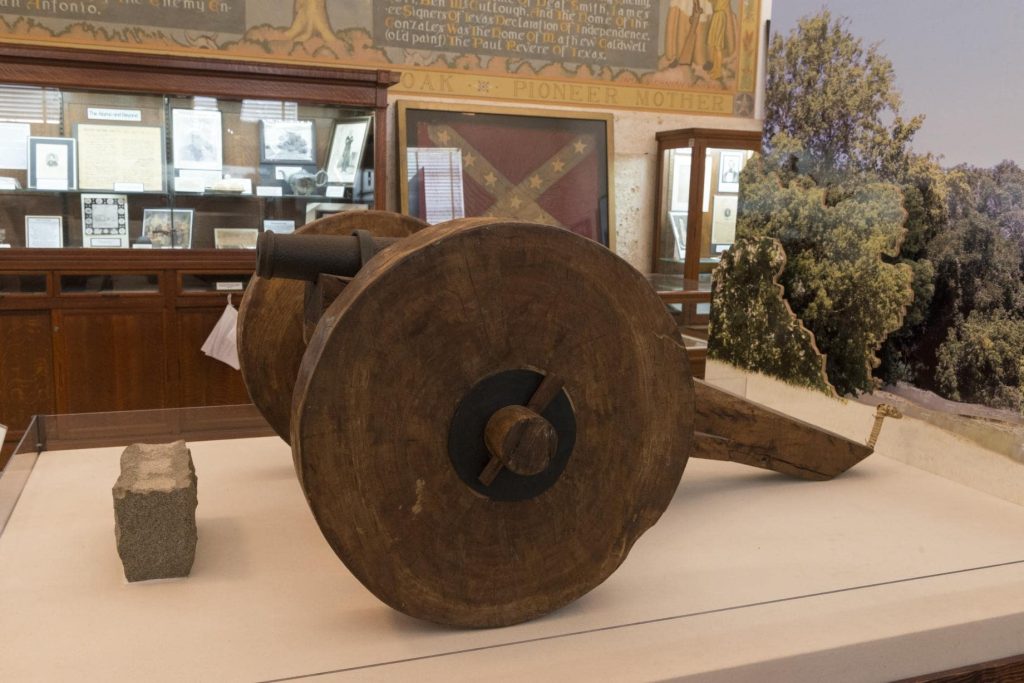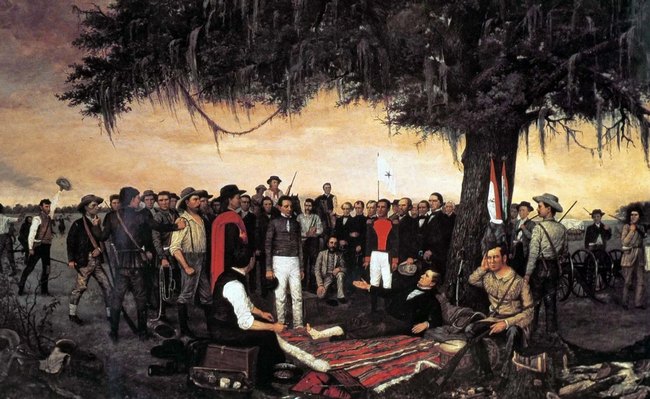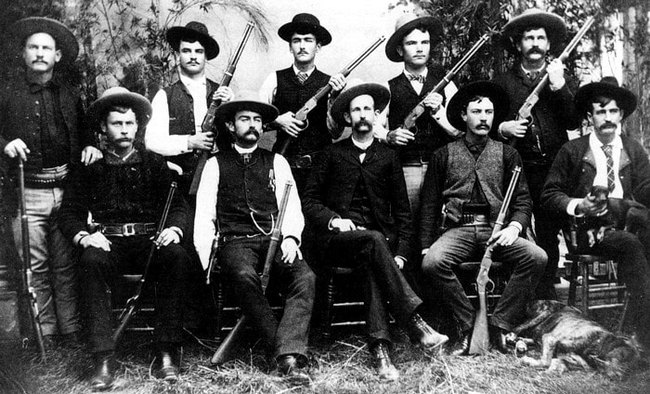
The Texas Revolution was a pivotal moment in the history of the United States. Beginning in 1835 and lasting until 1836, the Texas Revolution was a conflict between the settlers of Texas and the government of Mexico.
The conflict ultimately resulted in the establishment of the Republic of Texas, which would eventually become a state in the United States. One of the most fascinating aspects of the Texas Revolution is the role that flags played in the conflict. In this article, we will explore the flags of the Texas Revolution, their significance, and their impact on the course of the conflict.
The Flag of the Fredonian Rebellion
The Fredonian Rebellion was a short-lived uprising that took place in Texas in 1826. The rebellion was led by Haden Edwards, who declared himself the ruler of the Republic of Fredonia, which was intended to be an independent state. The flag of the Fredonian Rebellion was a simple design, featuring a green field with a white star in the center. This flag was later adopted by the Republic of Texas as its official seal.
The First Flag of the Texas Revolution
The first flag of the Texas Revolution was the “Come and Take It” flag. This flag was flown in the town of Gonzales in 1835 in response to the Mexican government’s attempt to confiscate a cannon from the settlers of the town. The flag featured a black cannon on a white field, with the words “Come and Take It” written in bold letters. The flag became a symbol of resistance to Mexican authority and was flown by Texan forces throughout the early stages of the conflict.

Source: www.thc.texas.gov
The Texas Flag
The Texas Flag, also known as the Lone Star Flag, is perhaps the most iconic symbol of the state of Texas. The flag features a blue field with a white star in the center and two horizontal stripes, one white and one red. The flag was designed by Dr. Charles B. Stewart and was first adopted as the official flag of the Republic of Texas in 1839. The lone star on the flag represents the independent spirit of the people of Texas.

Source: www.thc.texas.gov
The Burnet Flag
The Burnet Flag was designed by David G. Burnet, who served as the interim president of the Republic of Texas in 1836. The flag featured a blue field with a large white star in the center, surrounded by the words “Republic of Texas” in bold letters. The flag was flown during the battle of San Jacinto, where Texan forces under the command of Sam Houston defeated the Mexican army, effectively ending the conflict.

Source: www.thc.texas.gov
The Dodson Flag
The Dodson Flag was flown by Texan forces during the battle of Concepcion, which took place on October 28, 1835. The flag featured a white field with a blue star in the center and the words “God and Liberty” written in bold letters. The flag was named after John W. Dodson, who was the commander of the Texan forces during the battle.
The Alamo Flag
The Alamo Flag is perhaps the most famous flag of the Texas Revolution. The flag was flown by Texan forces during the siege of the Alamo, which took place from February 23 to March 6, 1836. The flag featured a white field with a large red stripe across the center and a star on the left-hand side. The flag was designed by James Bowie, who was one of the commanders of the Texan forces at the Alamo. The flag became a symbol of bravery and sacrifice for the people of Texas and has been immortalized in countless works of literature and film.

Source: www.thc.texas.gov
Conclusion
The flags of the Texas Revolution played a significant role in the conflict, serving as symbols of resistance, independence, and sacrifice. From the simple design of the Fredonian Rebellion to the iconic Lone Star Flag, each flag had its own unique meaning and impact on the course of the conflict. The Come and Take It flag rallied Texans to resist Mexican authority, while the Burnet Flag became a symbol of the Republic of Texas and its eventual victory. The Dodson Flag represented the ideals of God and Liberty that motivated many Texans to fight, while the Alamo Flag became a symbol of the bravery and sacrifice of those who fought and died at the Alamo.
Today, these flags continue to be important symbols of Texas history and identity. The Lone Star Flag is flown proudly throughout the state, while the other flags are commemorated in museums, monuments, and memorials. Understanding the significance of these flags helps us to understand the complex history and culture of Texas, and to appreciate the sacrifices and struggles of those who fought for its independence.
In conclusion, the flags of the Texas Revolution are an important part of the state’s history and legacy. Each flag represents a unique aspect of the conflict and the people who fought for Texas independence. By studying and honoring these flags, we can gain a deeper appreciation for the rich history and culture of Texas, and the enduring spirit of its people.


